Classification of Phylum Mollusca
Classification
Phylum Mollusca
Most scientists have divided the phylum molluscs into 7 classes: Gastropoda (the univalve snails), Bivalvia (2-valved hinged shells), Cephalopoda (the squids), Polyplacophra (the chitons), Monoplacophora (cup-like shells), Scaphopoda (the tusk shells) and Aplacophora (wormlike molluscs).
The class Aplacophora comprises the two clades Caudofoveata (Chaetodermomorpha) and Solenogastera (Neomeniomorpha), which between them contain 28 families and about 320 species (en.m.wikipedia.org). these two clades look like worms and their importance to collectors is minimal. The most popular groups of marine molluscs for sea shell collectors are mainly gastropods (with thousands of species), bivalves (including brackish water and estuarine species) represent about 8,000 species, scaphopods (tusk shells) with approximately 900 species (Brusca and Brusca, 2003)[1] and polyplacophores (about 900 species).
Taxonomic Hierarchy
Contents
Kingdom Animalia
Subkingdom Bilateria
Infrakingdom Protostomia
Superphylum Lophozoa
Phylum Mollusca
Class Gastropoda Cuvier, 1797
Calss Bivalvia Linaeus, 1758
Class Cephalopoda Cuviers, 1797
Calss Scaphopoda Bronn, 1826
Class Monoplacophora Odhner, 1940
Class Polyplacophora Blainville, 18161
Class Caudofoveata Boettger, 1956
Class Solenogastra Gegenbaur, 1878
for more information about Mollusca see this article:
References:
Image references are already available below each image
[1] Brusca, C.B. & Brusca, G.J. (2003). Taxonomy of invertebrates. From Wikipedia, the free encyclopedia.
Author:
Dr. Nabavi, Seyyed Mohammad Bagher
Professor of marine biology
See general and scientific articles related to seashells in publications page

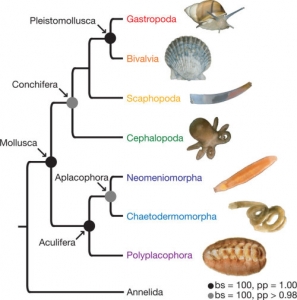
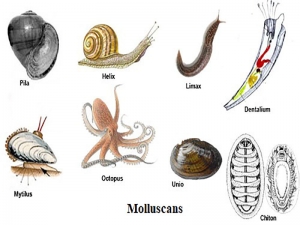
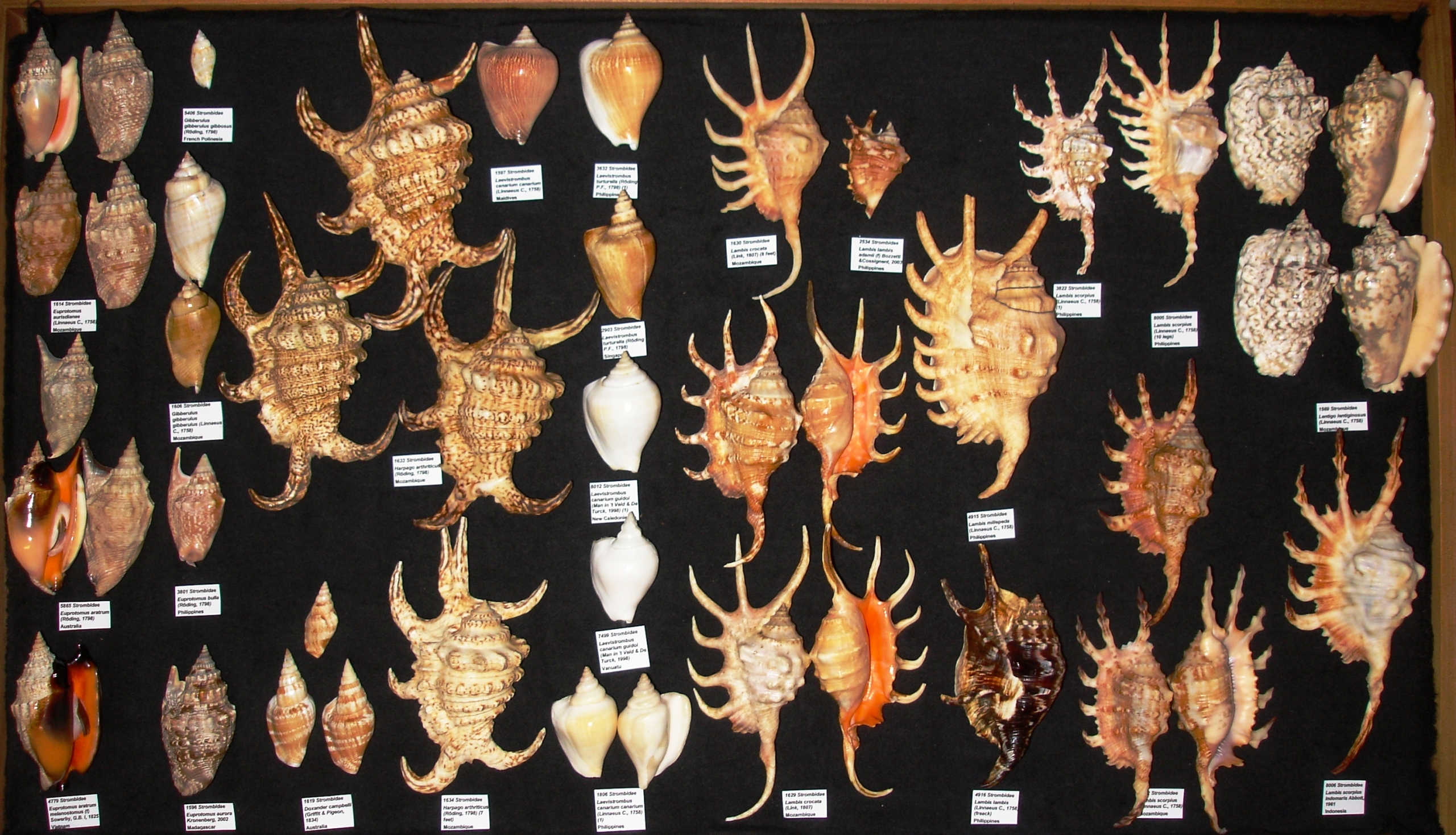
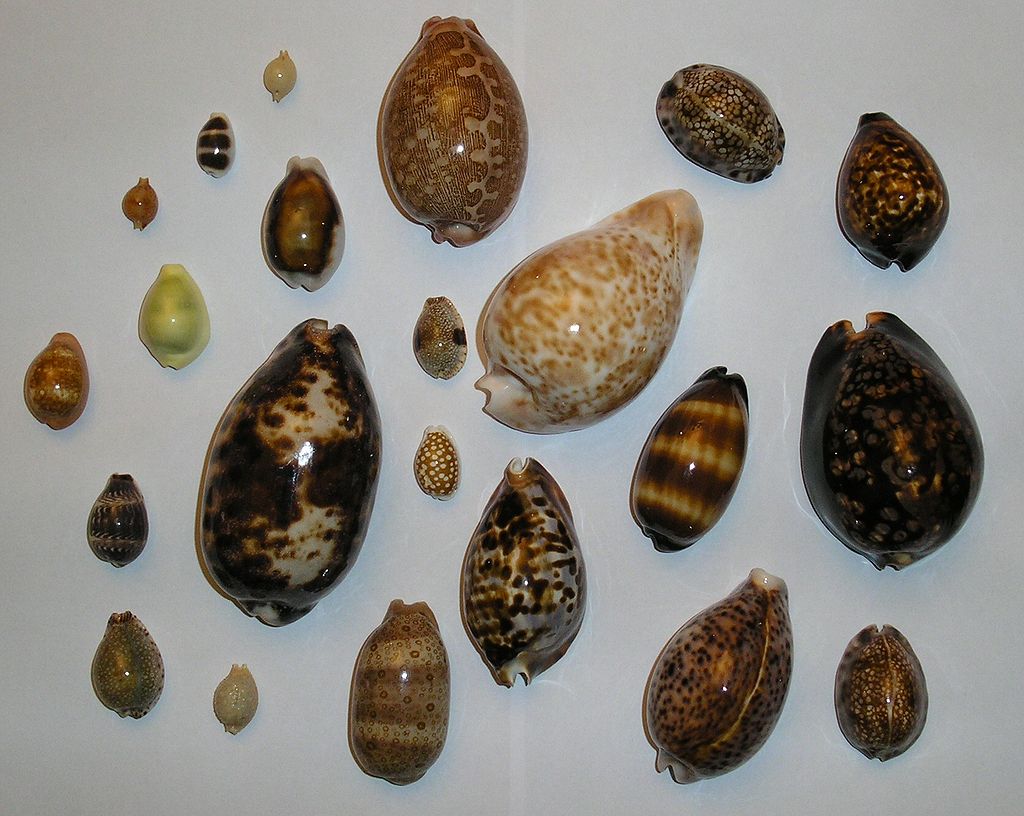
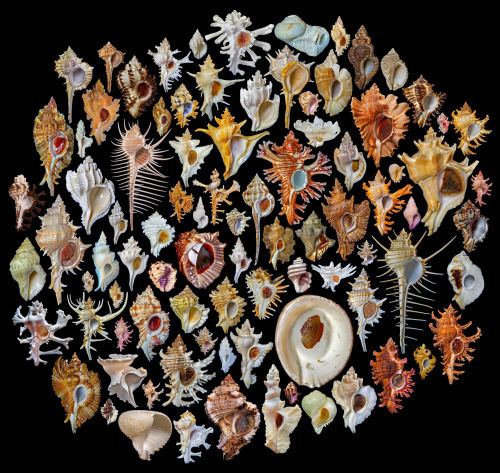

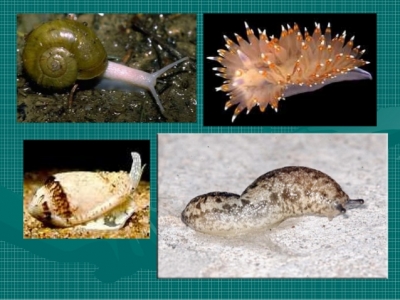
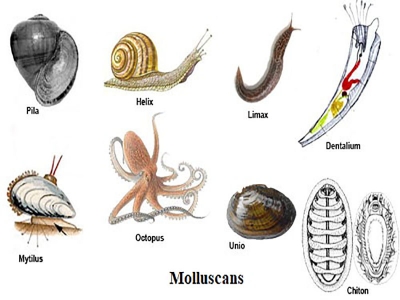
https://waterfallmagazine.com
Incredible! This blog looks just like my old one!
It’s on a totally different topic but it has pretty much the same
layout and design. Great choice of colors!
https://waterfallmagazine.com
Hi, just wanted to mention, I enjoyed this post.
It was inspiring. Keep on posting!